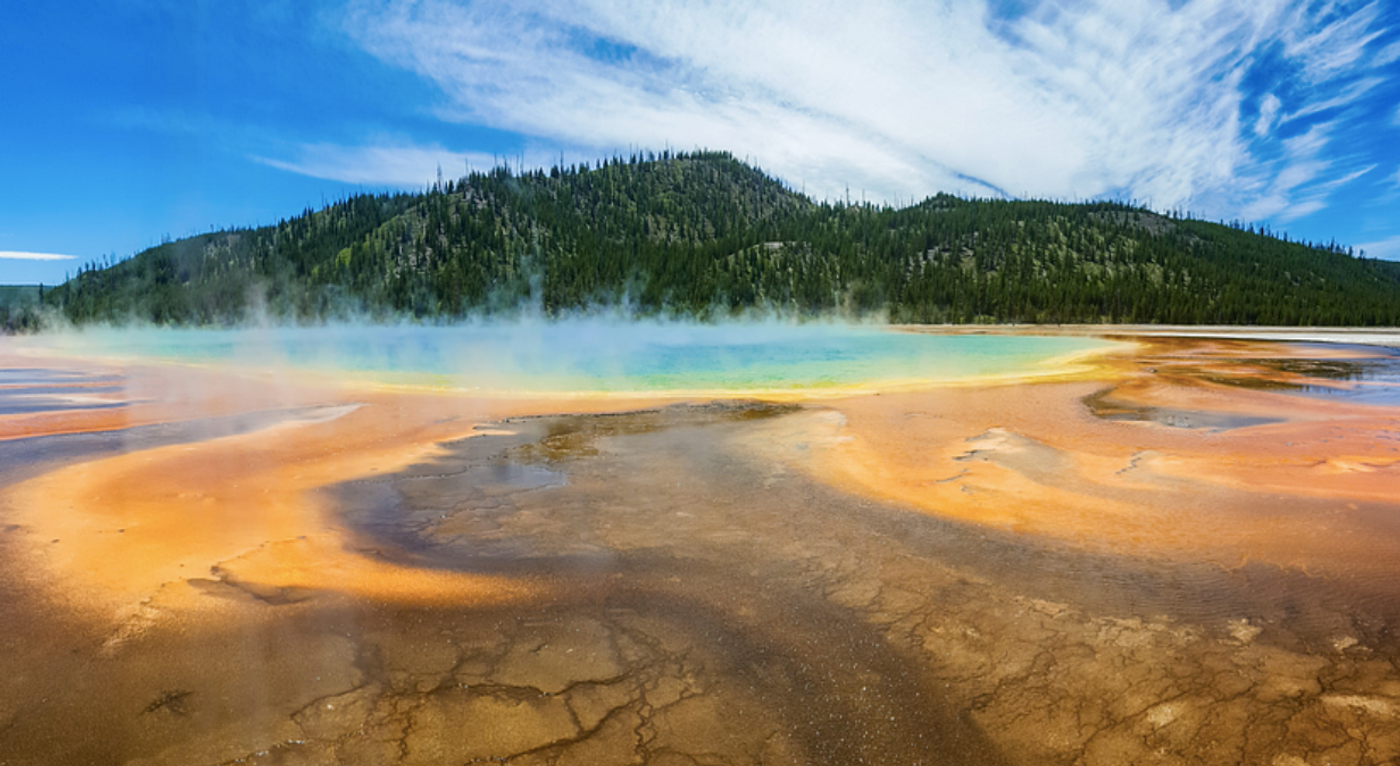It All Goes Back to Asgard - A Common Ancestor is Revealed
In the 1970s, an entirely new group of organisms that were not bacterial or eukaryotic was discovered - archaea. Some archaea can survive in extreme environments, such as near hot, thermal vents in the deep oceans or in extremely salty water. In 2022, research suggested that some archaea could represent a link between simple bacterial cells and more complex eukaryotic cells, which are found in plants and animals.
New research has used a genetic analysis of hundreds of archaea to show that every type of eukaryote now found on earth, animals like eels or eagles, insects like ants, plants like roses or corn, and including humans, are decedents of a type of archaea called Asgardians. The study authors suggested that eukaryotes could even be considered to be a clade of Asgard archaea, just as birds fall within a much larger group that includes dinosaurs, and trace to a common ancestor. This research indicated that eukaryotes all have Asgards as their ancestors. The findings have been reported in Nature.
No eukaryotic fossils older than 2 billion years have ever been found, which suggests that prior to that, only microbial organisms lived on Earth. Researchers have long wondered about the transition from simple, single-celled organisms to complex organisms.
"So, what events led microbes to evolve into eukaryotes?" asked study co-author Brett Baker, an associate professor at The University of Texas at Austin. "That's a big question. Having this common ancestor is a big step in understanding that."
In this study, the research team looked for the microbe that is the closest relative to all of the complex forms of life by comparing genomes, and revealed it to be a newly identified order called Hodarchaeales (or Hods for short). These microbes live in marine sediments, and they are one of a few subgroups in the larger Asgard archaea group.
Asgard archaea are more than 2 billion years old, and the descendants of these microbes can still be found on Earth today. Some live in sediments in the deep sea and others in hot springs around the globe. The ancestors of modern Asgards seem to have preferred hot places where they could readily access carbon dioxide and other chemicals for sustenance. But Hods are more closely related to eukaryotes, and they tended to live in cooler environments and consume carbon, which is more similar to cells that can be found in people.
Scientists are still learning about how to grow these microbes in the lab, and so far, only two types have been cultured successfully. Thus, they are difficult to study. Investigators have to collect samples from the environment to sequence their genomes.
This research has expanded what we know about Asgardian genomes. More than 50 new genomes can now be used in modeling.
"This is really exciting because we are looking for the first time at the molecular blueprints of the ancestor that gave rise to the first eukaryotic cells," said study co-author Valerie De Anda, a researcher in the Baker lab.
"I keep joking in my talks that 'We are all Asgardian,'" added Baker. "Now that's probably going to be on my tombstone."
Sources: University of Texas at Austin, Nature









